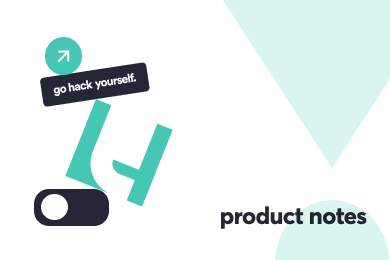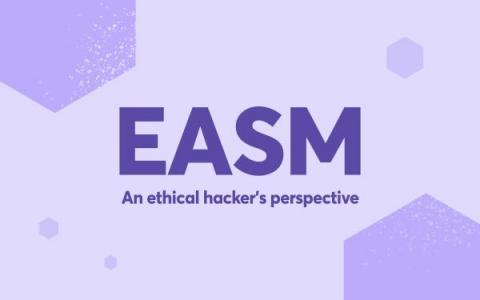Major improvement to web crawling, more customization, and new tests
Many security teams have thousands – if not hundreds of thousands! – of known assets and unknown assets that they continuously monitor for vulnerabilities and risks. Viewing large volumes of assets can be cumbersome, particularly when observing a specific characteristic of an asset, such as the technologies it’s hosting or its DNS record type. That’s why we’re adding additional customization to the All Asset view.





